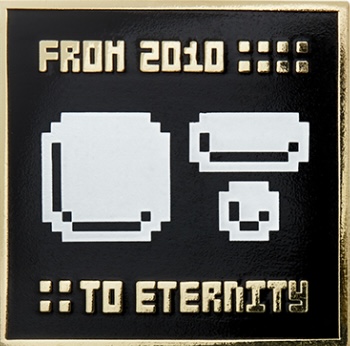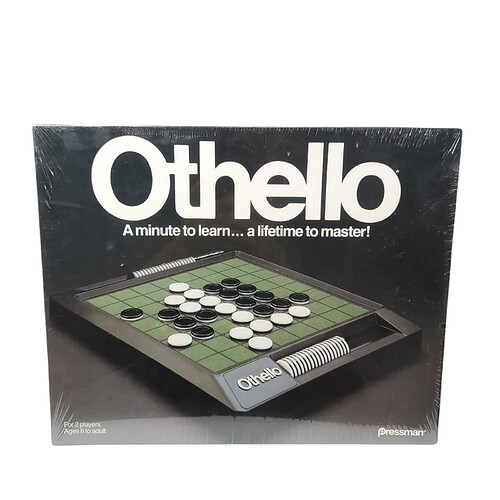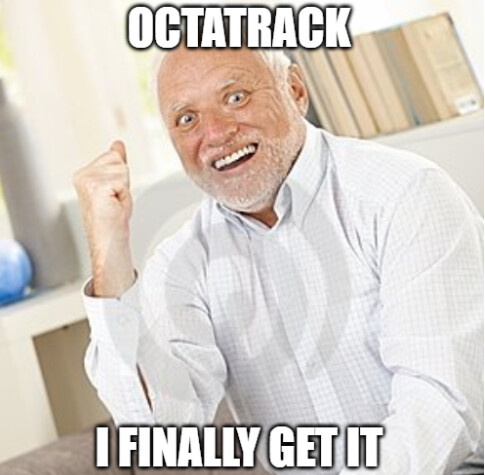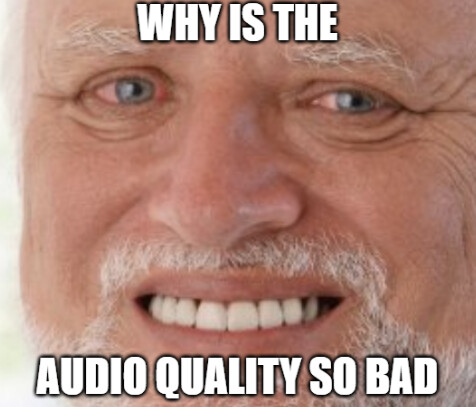5 minutes to learn how to sync it and trigger oneshots and loops. Then you can experiment with that for a long while and wonder over all the weird happy accidents you get messing around. I made my best tracks with it the first month but I cant understand how I made them. Had it for 4 years and learned resampling a month ago.
OT learn you long time 

I’ve had mine about a year. It took me probably 2 months before I was happy with the tracks coming out of the OT, but I was familiar with the Elektron workflow ahead of time. I’m not an advanced user by any stretch. I mostly like how fast it is to chop and mangle samples, set trigs, remix beats, capture loops, etc. But for me, it is one of the fastest, easiest ways to get ideas moving.
All that said, I’m constantly trying to expand my knowledge and learn new tricks. Fairly easy to learn, just don’t try to learn everything all at once. I think the difficulty curve is overblown by people who try to push themselves too quickly.
I always assumed the “part” terminology is somehow referencing the way “part” is used in European orchestral notation, but it doesn’t really make any more sense that way.
You can’t learn Octatrack, you can only forget how to use it.
I think it’s probably important for you determine what you want out of the Octatrack, especially if you’re already making tracks with an MPC Live 2. You already have a lot of what the OT can do inside your MPC. That being said, you can get up and running pretty quick with the OT as others have said. It can serve as many machines, from a drum machine to a DJ mixer and FX, or a live looper. Lot’s of different possibilities.
I’d say that the Octatrack’s complexity is often exaggerated. Of course talking about general operation… Regarding true mastery, the sky is the limit as with any instrument. But in terms of operating it, it is not much more difficult than e.g. Maschine IMO.
I’ve had mine for 1.5 months (it is my second Elektron, though) using it a couple of times per week and I am mostly comfortable without the manual at this point.
I hadn’t considered that. I always thought it was like “parts” of your song, like intro, breakdown, verse, etc – it’s funny if that has nothing to do with the naming, but somehow I’ve made that work for me.
I figured it was suposed to be like how in an orchestral score, the players in the different sections would get their own parts to read, but the analogy kind of falls apart because orchestral parts are all played at the same time, so they’re really more like TRACKS in the OT, if anything.
EDIT: more on topic, I haven’t had my hands on a MKII but I wonder if the layout changes would have actually made it harder for me to learn. I’m pretty compfortable with navigating around horrible, early 90s rack gear so the key cobinations on the OT never seemed like a big deal to me, but looking at photos of the MKII it seems like the visual and tactile distinctions between the different parts of the UI aren’t as clear as they are on the MKI. The spacing between the naigation buttons, yes/no buttons, and the four buttons to the left is tighter on the MKII and makes it less obvious that they are three different groups, and all of the extra buttons in the upper left are identical looking and equally spaced, so there’s really no visual or tactile cue to tell you what’s what (other than the three REC buttons being spaced away a bit). On the MKI, if you put your hands on it the buttons are naturally grouped more or less by task (mostly) in a way that fits the hand really naturally, and the MKII interface looks like it blurs that a bit. For e, almost all of the key combinations that don’t necessarily make logical sense are really intuitive in a TACTILE way and it’s fast to navigate around without having to look at the OT much at all.
I could absolutely see the two UIs suiting different learning styles, even though they’re fundamentally similar.
So, regardless of the origin of the name “parts”, in the context of this thread, I think it’s essential to understand how parts work on the OT towards the beginning of the learning process. I’ve seen a lot of people suggesting that new OT owners ignore parts at first because “it’s too confusing” or whatever. I disagree with that and think it should be one of the first things to understand on the machine – not understanding how parts work is often what leads to confusion (and losing work)!
There are so many benefits to understanding parts, but one of my favorites is a quick one-stage “undo” – I often save parts, make a change, then don’t like my change, so I reload the part, effectively undoing my change in a non-destructive manner.
Another thing is that sometimes if you don’t have parts and only save the project, you might lose stuff that was supposed to be in the part. At least I’m pretty sure that’s happened to me, so I’m constantly saving parts.
So, even if the project has a single part, and you’re not associating patterns with multiple parts, I still find it important to understand it as a data structure on the machine.
It’s as easy (or hard) as any other sampling-sequencer computer, but because it has so many hidden shortcut combo’s, it takes awhile to find them and remember them. This is especially true for the MK1.
And then there is ‘Octatrack-Elektron terminology’.
So basically first translate into The Language of Elektron and look for hidden combo’s. Then it’s pretty much the same as any other thing
I always tell people this, it saves so much hassle and WTF moments later to learn the way OT handles data, and it is actually very good and flexible especially with copy/paste etc.
I think had Elektron called parts kits from day one many WTF could have been avoided, but then they’d have been criticised for not having 1 per pattern as on previous Elektron machines, so I think they chose a name to differentiate from kits.
The simple answer, is it depends upon you and how well you comprehend the manual and complex OS. And how much time/energy you spend upon learning it.
The less simple answer is: your entire lifetime. It’s a COMPLEX device and i’m still learning shit 3 years in. Just like any proper instrument, it really depends upon how deep you want to go.
It took longer before, in the ‘dark ages’. Sharing so much knowledge here and elsewhere makes the OT way more attractive today. Especially in black to some people ![]()
Like most machines you set your own goal and timing. Enjoy the journey.
lol
Octatrack was complex compared to the Machinedrum, which is very immediate.
I don’t think it is any worse than the TR-8s, Jupiter Xm or Wavestate. There are menus to dive, but also plenty of buttons and knobs. Octatrack is much easier and more immediate than an Akai S- series sampler.
You don’t need a PhD from MIT for any of this stuff.
OT actually doesn’t do all that much. It’s just essentially some sampler channels with basic audio editing amenities and a mixer. You can use it as a looper, and the unique feature is being able to sample and manipulate a recording in real time as it records.
Despite that, it takes awhile to get used to all of the secondary buttons and functions to access everything. Less so a problem on the MKII I’d imagine. If you just spent time making sets for a month, I’d say you’ll be pretty knowledgeable about it. It’s looking up all of the UI stuff that takes forever.
That’s a really good point. I’m just imagining doing what I usually do on the OT on an Akai S900 – the OT is so easy in comparison




